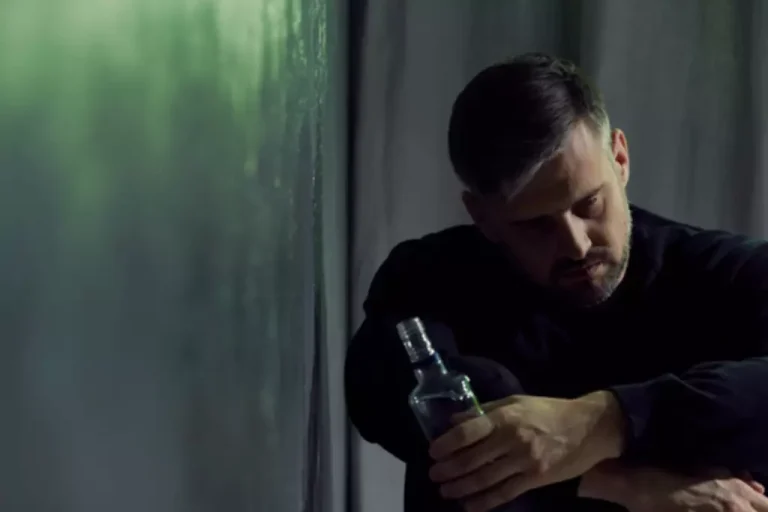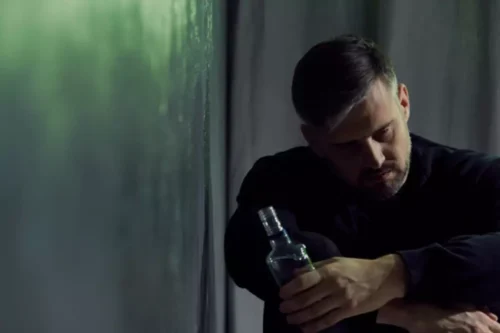
Not everyone with the condition seeks medical help or tells their provider that they use marijuana. “Having the seven tasks allowed me to get about as close as you could for a brain-imaging person to look at how different parts of brain function are affected by cannabis,” Gowin said. It ignited his interest in what happened to the brain when a person uses cannabis, alcohol and other substances.
- Long-term marijuana use, typically spanning 10 to 12 years or more, is the biggest risk factor for developing CHS.
- CHS is difficult to diagnose because the pathophysiology of severe and episodic vomiting can resemble many other health issues.
- While marijuana seems to bring on nausea in the stomach, in the brain it usually has opposite effect.
- It tends to affect people who use cannabis at least once a week and happens more often in adults who’ve been using cannabis since their adolescent years.
- CVS usually involves a personal or family history of migraines, a history of psychiatric disorders, and a lack of compulsive hot bathing.11 Patients with CHS often present to the emergency department (ED) because of symptoms.
- Plus, Walker says that CHS often gets misdiagnosed as other conditions when people aren’t forthcoming about their cannabis use.
Supportive Care with Fluid and Electrolyte Replacement

You might need to share specific details or request a referral to a specialist, like a gastroenterologist, if symptoms persist. But once you and your provider identify CHS, you can start working on an effective plan to stop the cycle of vomiting. Because you still believe marijuana helps nausea, you might use it more often, accidentally making your condition worse. The ongoing but mild nature of this phase can fool people into thinking they just have a sensitive stomach or deal with morning sickness. Some reports note that CHS tends to appear more often in people who used cannabis heavily during their teen years. That early introduction might increase the likelihood of problems appearing in adulthood.
Related reports

It is believed that it is the overstimulation of cannabinoid receptors in the endocannabinoid system through the long-term or heavy use of marijuana that leads to CHS. If not adequately managed, CHS can lead to severe complications like dehydration, brain swelling, esophageal tears (Mallory Weiss tear), electrolyte imbalances, kidney failure, and, in severe cases, death. To prevent worsening CHS symptoms, medical advice suggests complete cessation of all cannabis usage. Over the weeks following the cessation of cannabis use, individuals will start to notice a reduction in the severity and frequency of their symptoms. When chs syndrome it comes to Cannabinoid Hyperemesis Syndrome (CHS) treatment, it’s essential to differentiate between controlling the symptoms and treating the actual condition.
How long does it take to recover from CHS?
Continuing to use cannabis despite CHS can lead to potentially life threatening complications. Compulsive bathing or showering in hot water to soothe nausea is also a hallmark sign of CHS. That kind Drug rehabilitation of specialized program will address what led you to use cannabis heavily in the first place. You can learn coping strategies, receive counseling for underlying mental health challenges, and practice relapse-prevention skills. Over time, these tools can help you live without marijuana and remove the ongoing threat of CHS from your life.

In older patients, especially those with hypertension, cardiovascular illnesses such as aortic pathology and atypical coronary artery syndromes may present as vague abdominal pain, nausea, and vomiting. If you have cannabis use disorder and need help quitting, professional treatment is available. Compulsive bathing or showering is commonly seen in patients with CHS.